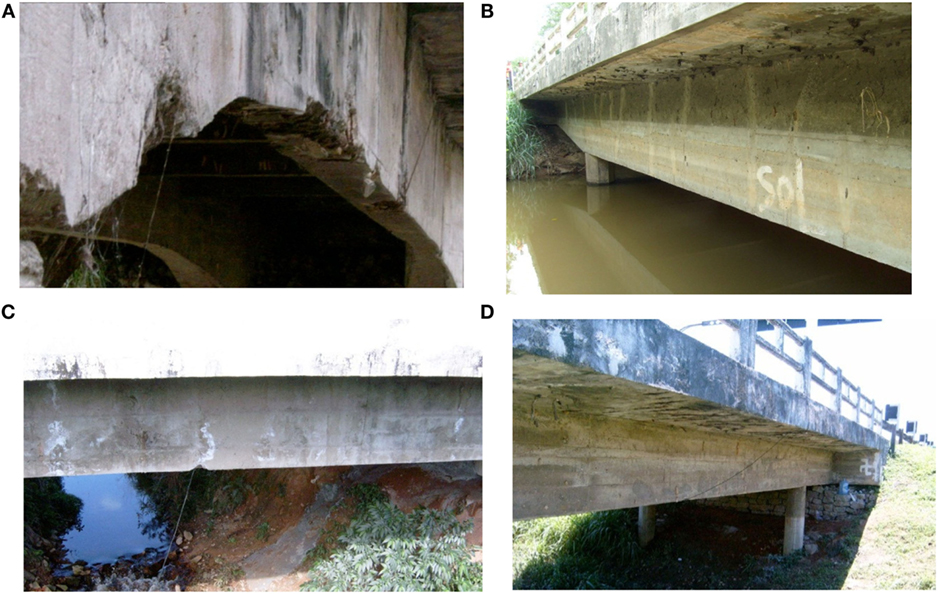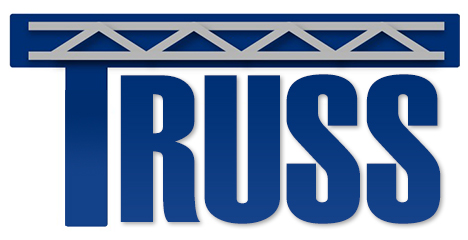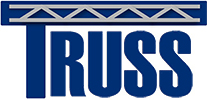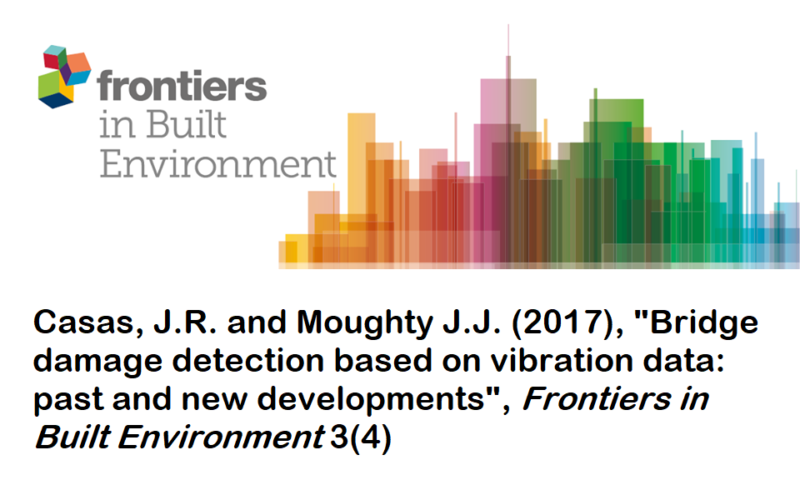The paper ‘Bridge damage detection based on vibration data: past and new developments‘, by JJ Moughty (ESR10) and his supervisor Joan Ramon Casas, was published in the Bridge Engineering Section of Frontiers in Built Environment on the 3rd February 2017. This paper is open access and available for download at the DOI link provided with the full reference below.
Abstract:
Overtime, the structural condition of bridges tends to decline due to a number of degradation processes, such as creep, corrosion and cyclic loading, among others. Considerable research has been conducted over the years to assess and monitor the rate of such degradation with the aim of reducing structural uncertainty. Traditionally, vibration-based damage detection techniques in bridges have focused on monitoring changes to modal parameters and subsequently comparing them to numerical models. These traditional techniques are generally time consuming and can often mistake changing environmental and operational conditions as structural damage. Recent research has seen the emergence of more advanced computational techniques that not only allow the assessment of noisier and more complex data, but also allow research to veer away from monitoring changes in modal parameters alone. This paper presents a review of the current state-of-the-art developments in vibration based damage detection in small to medium span bridges with particular focus on the utilization of advanced computational methods that avoid traditional damage detection pitfalls. A case study of the S101 Bridge is also presented to test the damage sensitivity a chosen methodology. -> Link to full text in academic repository
Keywords: Structural health monitoring; damage detection; vibration; modal parameters; bridges.

Damages observed in bridges with different damage indexes: (A) DI = 0.15 (Roncador), (B) DI = 0.19 (Boa Esperança), (C) DI = −4.29 (Escuro), (D) DI = −6.82 (Iriri)
Frontiers in Built Environment is indexed in Google Scholar, DOAJ, CrossRef, Ulrich’s Periodicals Directory and CLOCKSSISSN. The bridge engineering section aims to publish high-quality papers on all subjects of bridge engineering, from conceptual design to service life.





